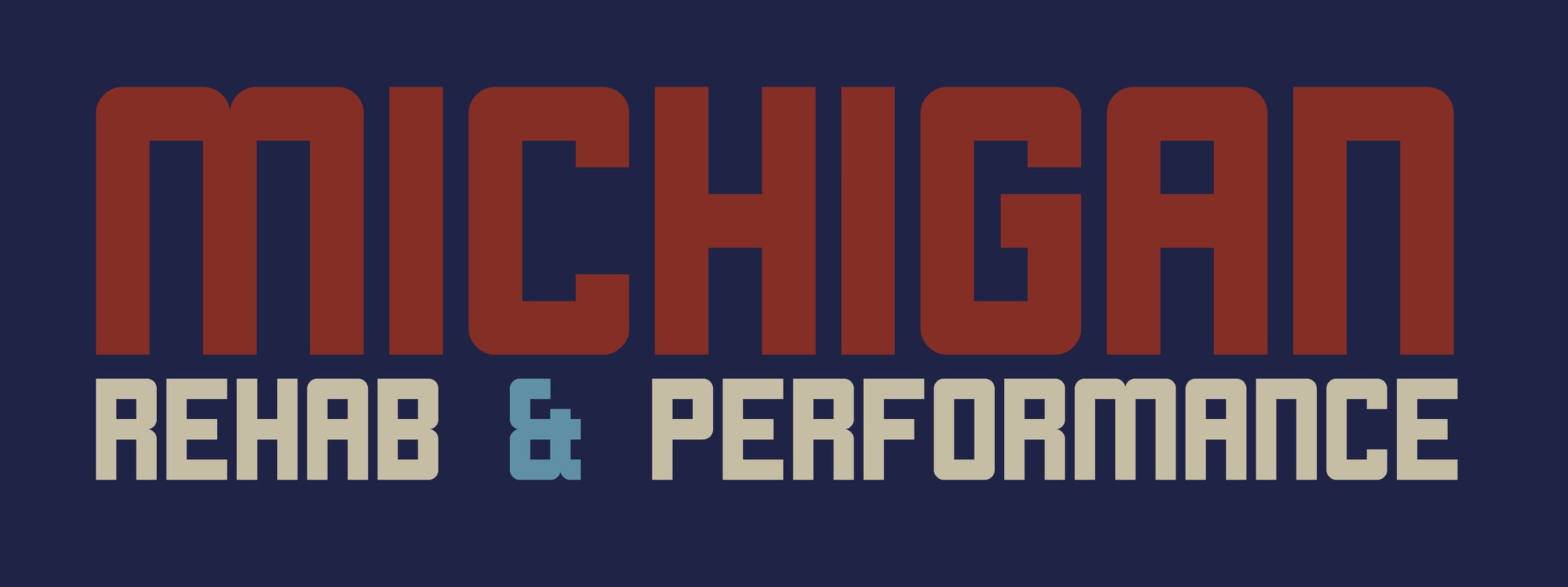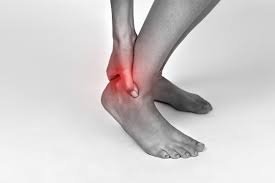Achilles Tendon Pain.
Pain in the Achilles Part 1
The Achilles tendon is in the back of your lower leg and is the largest tendon in your body. Its job is to transmit force through the calf muscle to your foot. Although pain in the Achilles can stem from different issues, one of the most common is Achilles tendinopathy. We see this frequently in runners and other field/court sport athletes.
A tendinopathy is a condition in which there is a change in the tendon structure due to poor training, poor recovery, improper mechanics, medications, lifestyle habits, etc.
So how do we know if a tendinopathy is the cause of our heel or Achilles pain? More than likely, you will experience some or all of the following:
Common Symptoms:
Pain with palpation of the Achilles tendon or when palpating down the Achilles near the heel bone.
Pain with progressive loading. Think more pain as we progress from walking to running or single-leg jumping.
The Achilles often appears thickened or swollen (although typically not truly swollen).
First-step pain is most noticeable in the morning when getting out of bed or after a period of inactivity.
No real resting pain
No relevant mechanism of injury. This means there wasn’t an incident in which you fell, were hit, or something specific you can relate to the beginning of your pain.
Commonly, we divide AT into insertional and non-insertional, also known as midportion.
Know your type of Achilles Tendinopathy.
Non-insertional- (mid substance) Typically, your pain is 2-6 cm above your calcaneus (heel bone).
Insertional- pain is typically present when the Achilles tendon meets the calcaneus (heel bone). Naturally, we avoid deficit work until we can do it pain-free due to compression of the tendon against the calcaneus.
What to do about it:
- If you are having pain even when walking, consider a heel wedge or altered footwear for a temporary position change, effectively reducing symptom level.
- Stop any activities that cause you to store energy in the tendon. Think of rapid loading and movements like running or jumping.
- Rest is not advised and, although it may temporarily reduce symptoms, does not affect the true cause of the symptoms.
- Load management and progressive exercise are key. (Check out our second article here: (link)
- Seek expert medical care from a Physical Therapist or Physician.


